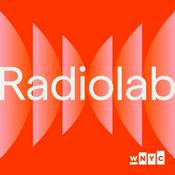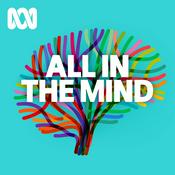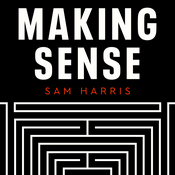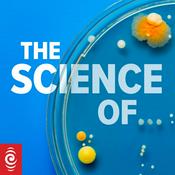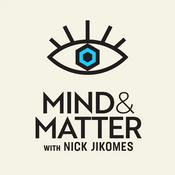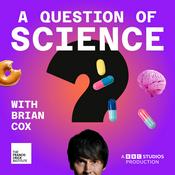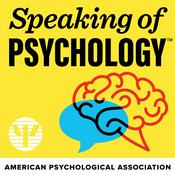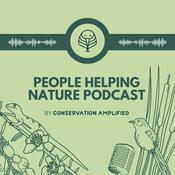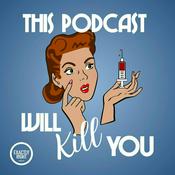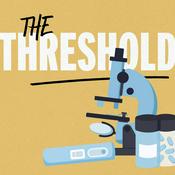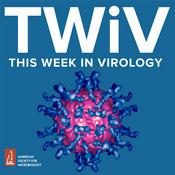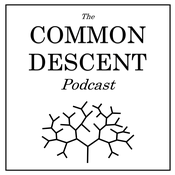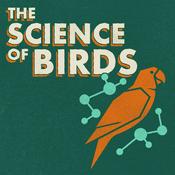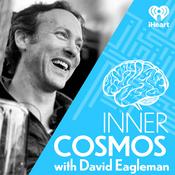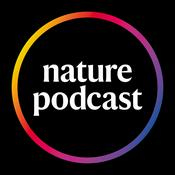62 episodes
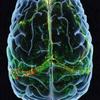
Older and wiser? The neural correlates of worry induction and reappraisal in older adults
27/10/2025 | 9 mins.
Worry seems like something most people do from time to time, but for some people, severe worry can become an overwhelming sensation, and for older adults later in life, severe worry has been associated with an increased risk of stroke and coronary heart disease. Carmen Andreescu is a professor of psychiatry and bioengineering at the University of Pittsburgh School of Medicine. She says mild worry is useful evolutionarily, to help us make plans or adapt behavior.Read the full study here: https://www.nature.com/articles/s41386-025-02193-1 Hosted on Acast. See acast.com/privacy for more information.

Grey matter morphometry in young adult e-cigarette users, tobacco cigarette users & non-using controls
29/7/2025 | 8 mins.
There’s been a fair amount of animal data suggesting that nicotine can affect the developing brain, but there hadn’t been the equivalent human studies done on people whose brains are still developing. And today there are two predominant forms of nicotine delivery - tobacco cigarettes, and e-cigarettes, or vaping.Laurie Zawertailo is a senior scientist at the Center for Addiction and Mental Health in Toronto and an associate professor in the department of pharmacology and toxicology at the University of Toronto. Kanwar Boparai recently completed her PhD, working with Dr. Zawertailo, and is now a postdoc. For their new study, they and some colleagues recruited young adults age 18-25, and these people fell into three groups: one that had only smoked cigarettes, one that had only ever vaped, and a third that functioned as a control, that had never used either. They ended up with 26 smokers, 27 vapers, and 25 controls. This is the first human study to separate cigarette smokers and vapers into distinct groups.Read the full study here: https://www.nature.com/articles/s41386-025-02086-3 Hosted on Acast. See acast.com/privacy for more information.

Validation of L-type calcium channel blocker amlodipine as a novel ADHD treatment through cross-species analysis, drug-target Mendelian randomization, and clinical evidence from medical records
04/6/2025 | 9 mins.
Attention deficit hyperactivity disorder, or ADHD, is a common condition that, for a lot of people, is difficult to treat. The drugs that exist have a number of adverse side effects, and about 25 percent of patients don’t respond to existing drugs. And so a team of researchers in Iceland, led by Karl Karlsson, professor of biomolecular engineering at Reykjavik University, undertook a number of different steps to narrow in on and then test what the team has determined to be a novel treatment for ADHD, using an existing drug, amlodipine. Read the full study here: https://www.nature.com/articles/s41386-025-02062-x Hosted on Acast. See acast.com/privacy for more information.

Rapid and sustained antidepressant effects of vaporized N,N-Dimethyltryptamine: A Phase 2a clinical trial in Treatment-Resistant Depression.
18/4/2025 | 9 mins.
Draulio Araujo, professor at the Brain Institute in the University of Rio Grande Norte in Natal, Brazil, has been studying ayahuasca for more than 20 years. It’s a psychedelic plant used in rituals in South America that has also been researched for its potential to treat depression. The effects of ayahuasca can last for hours and also lead to side effects including vomiting and diarrhea. The active psychedelic drug in ayahuasca is DMT, and so Dr. Araujo and his colleagues decided to conduct the first test of DMT itself, which is also an endogenous chemical and has been demonstrated to be safe.Read the full article here: https://www.nature.com/articles/s41386-025-02091-6 Hosted on Acast. See acast.com/privacy for more information.

Endocannabinoid contributions to the perception of socially relevant, affective touch in humans
04/3/2025 | 9 mins.
New drugs that target the endocannabinoid system are being proposed for disorders that are usually characterized by the dysregulation of social processing, like social anxiety disorder and autism spectrum disorder. Researchers have been trying to understand the mechanisms for how these drugs work. Leah Mayo is assistant professor at the University of Calgary, and she’s one of the authors of a new study in the journal Neuropsychopharmacology in which they examined two aspects of the system. One is the endocannabinoid system itself. And then there’s another aspect of social processing called the C tactile system. Read the full study here: Endocannabinoid contributions to the perception of socially relevant, affective touch in humans | Neuropsychopharmacology Hosted on Acast. See acast.com/privacy for more information.
More Science podcasts
Trending Science podcasts
About NPP BrainPod
Listen to NPP BrainPod, The Rest Is Science and many other podcasts from around the world with the radio.net app

Get the free radio.net app
- Stations and podcasts to bookmark
- Stream via Wi-Fi or Bluetooth
- Supports Carplay & Android Auto
- Many other app features
Get the free radio.net app
- Stations and podcasts to bookmark
- Stream via Wi-Fi or Bluetooth
- Supports Carplay & Android Auto
- Many other app features


NPP BrainPod
download the app,
start listening.


